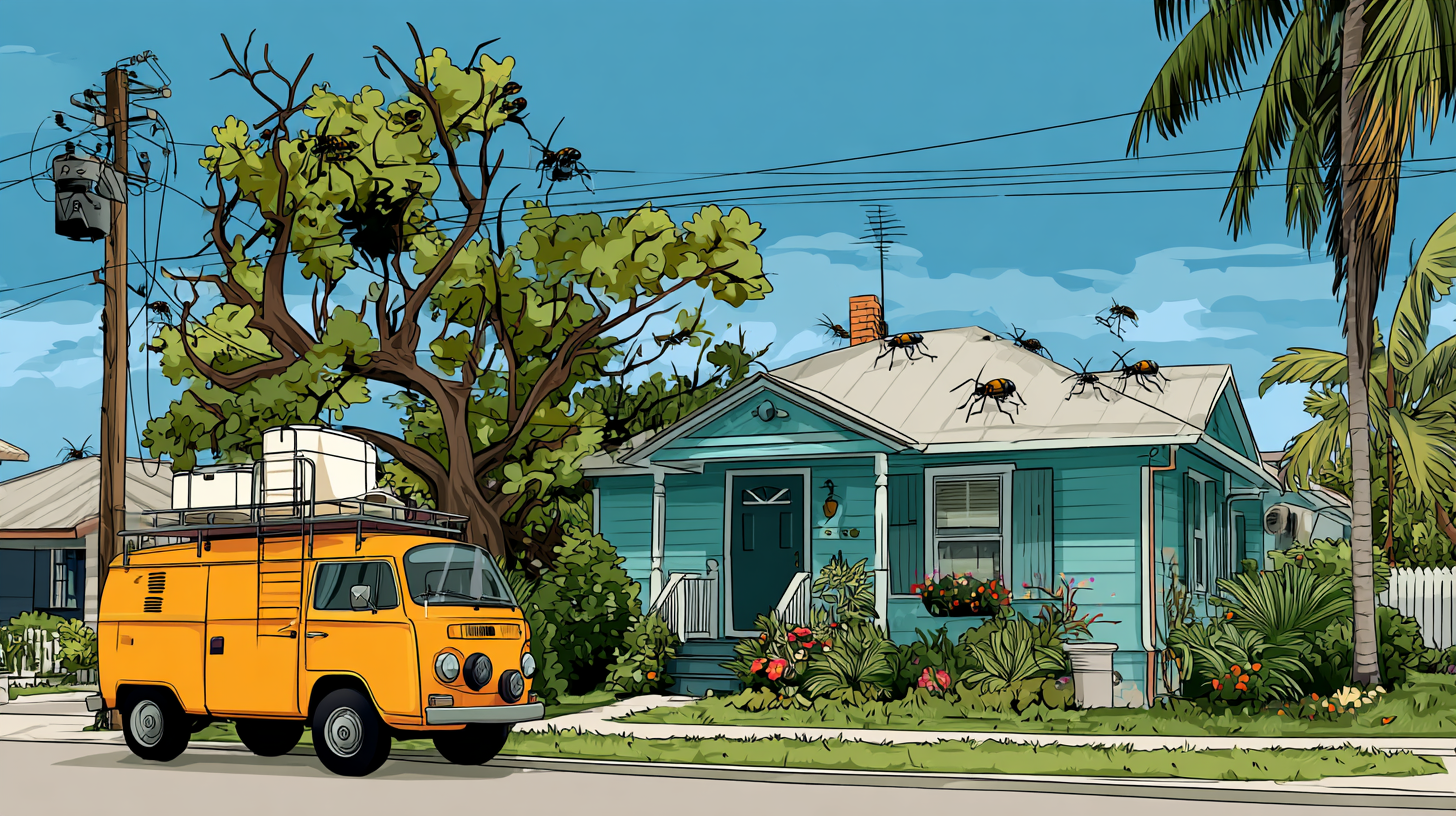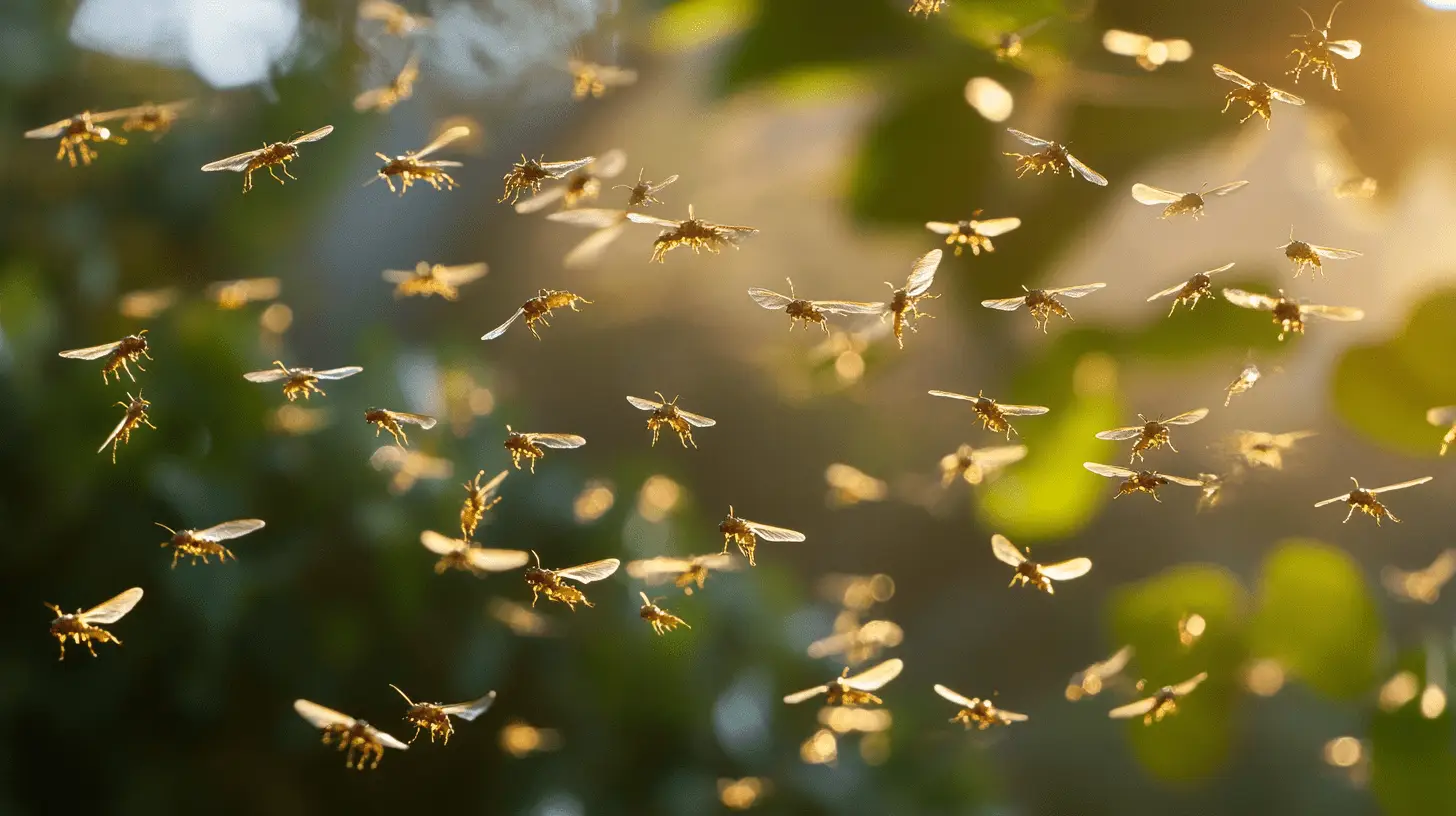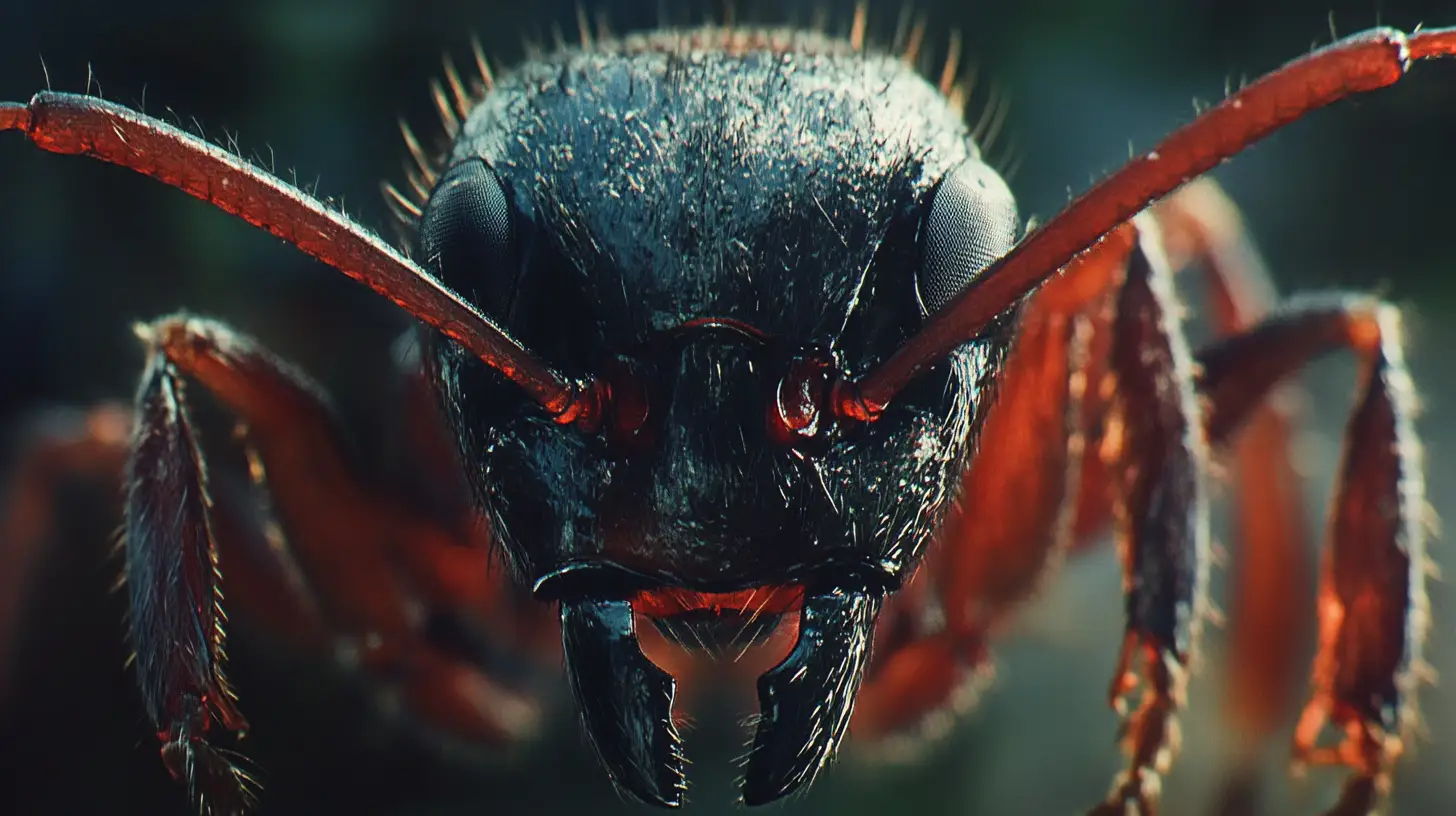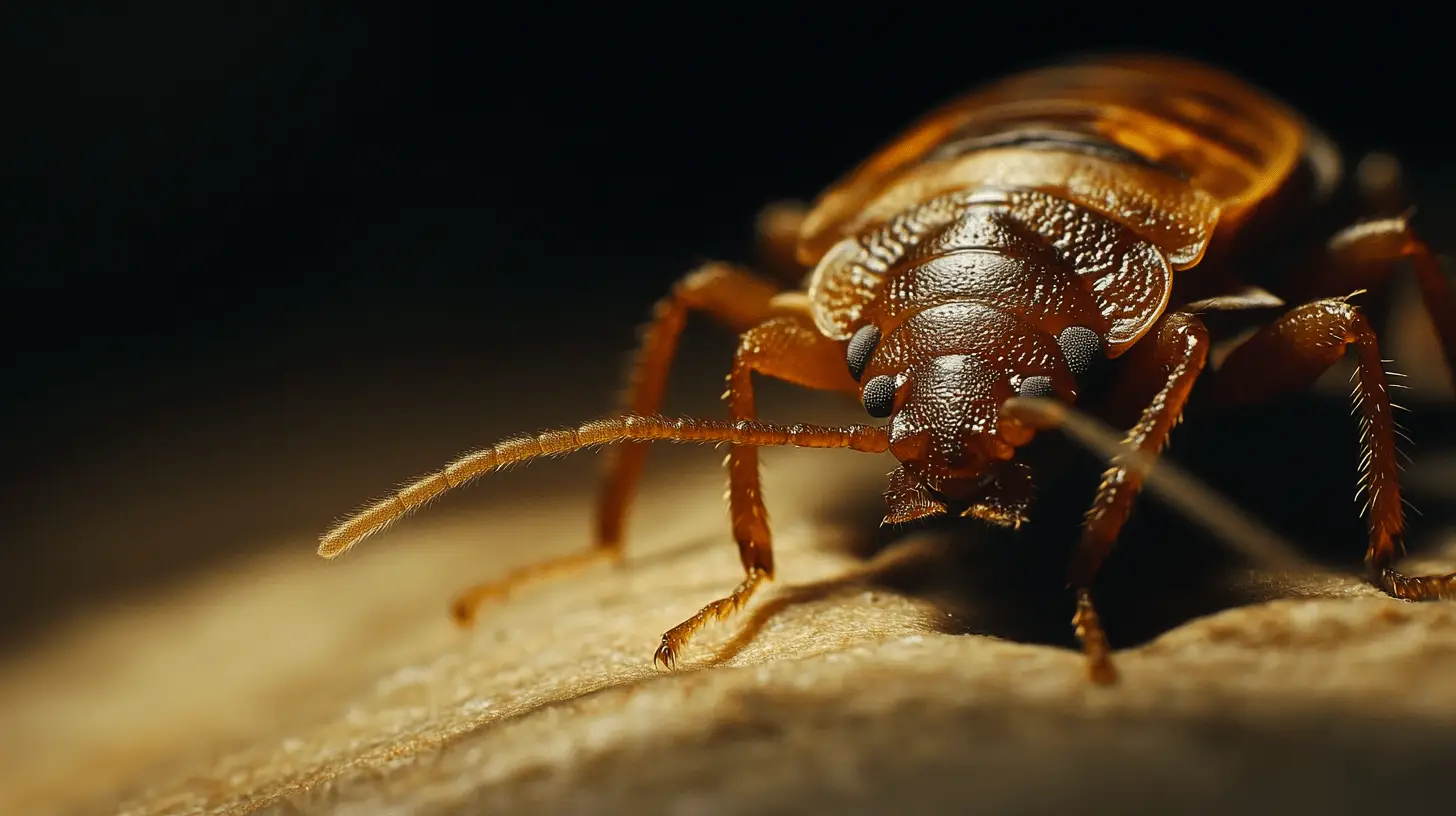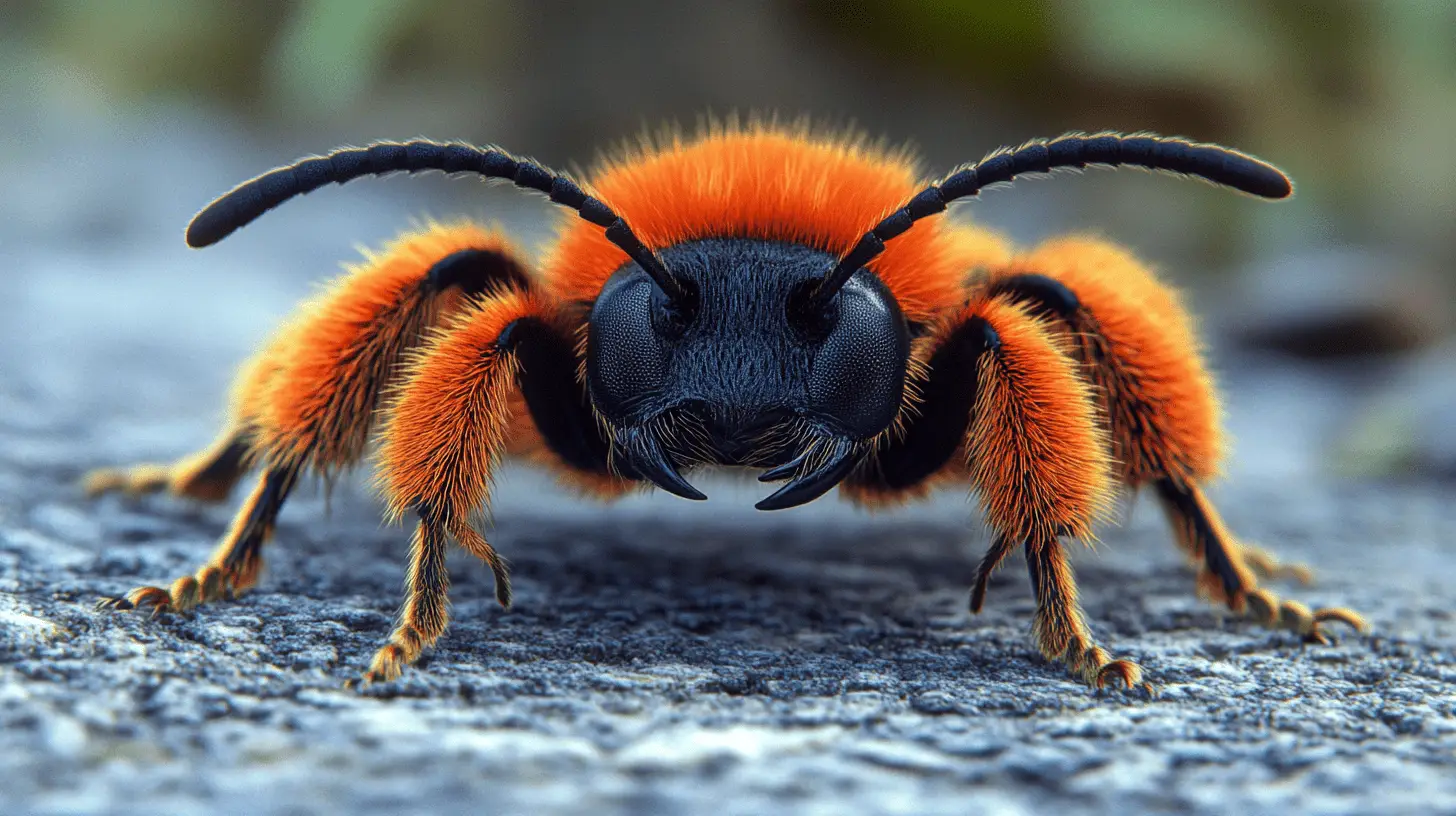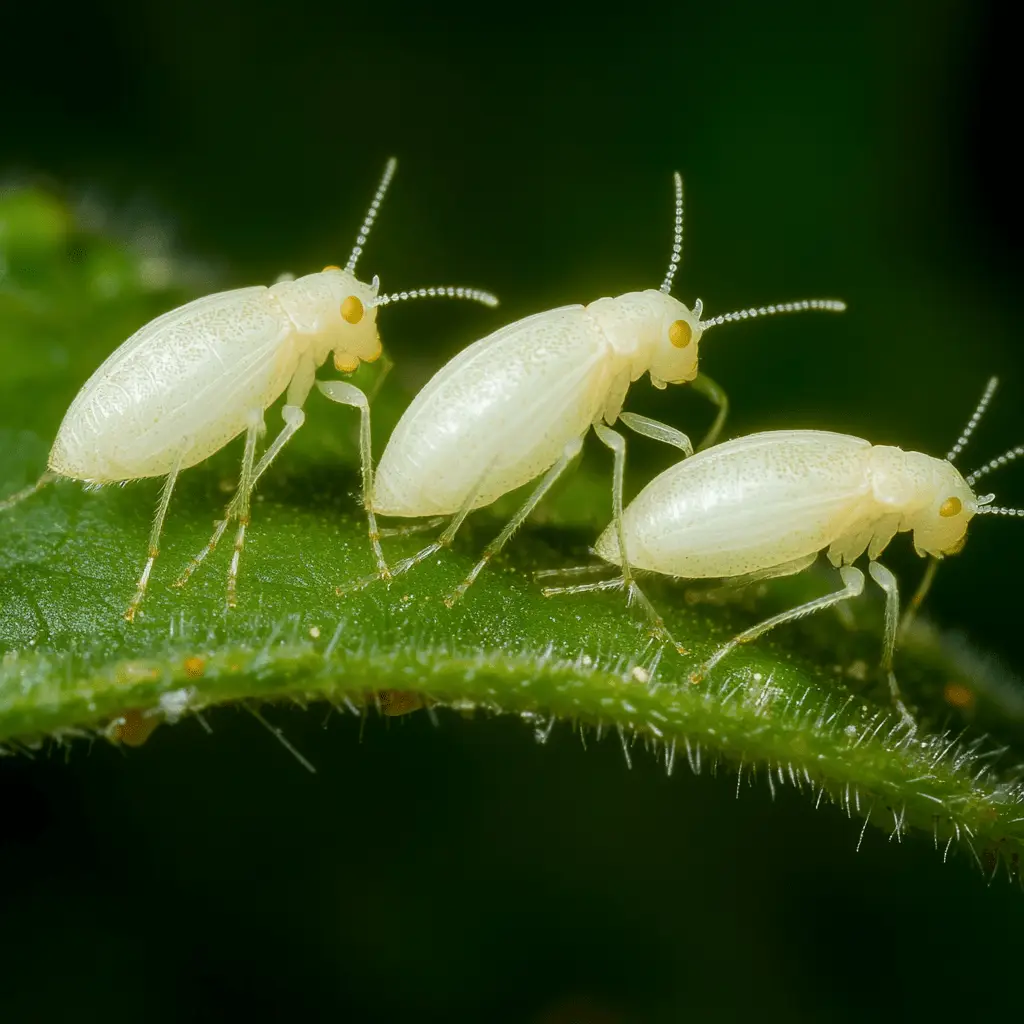
Table of Contents
If you’re looking to get rid of whiteflies in your Bradenton garden, you’re not alone. These tiny, winged pests may look harmless, but they can cause considerable damage, especially when left unchecked. Whiteflies, though not true flies, belong to the same family as aphids and scale insects and are infamous for their rapid reproduction and voracious appetite for plant sap. Their feeding weakens plants and leaves them vulnerable to further damage.
One of the most troubling effects of a whitefly infestation is the sticky, sugary substance they produce called honeydew, which encourages sooty mold growth and attracts other pests. With a wide host range that includes tomatoes, peppers, cucumbers, and citrus, whiteflies can thrive in Florida’s warm climate, especially in greenhouses or densely planted garden beds. They can even transmit plant viruses, putting your vegetables and ornamentals at risk.
In this post, we’ll explore effective, eco-friendly ways to get rid of whiteflies and protect your plants. From natural predators to yellow sticky traps, you’ll learn practical methods to manage these pests without harming the ecosystem. Let’s dive into how you can keep your Bradenton garden healthy and whitefly-free all season long.
Key Takeaways
- Whiteflies Are Persistent but Manageable: Although small, whiteflies cause significant plant damage by feeding on sap, producing honeydew, and transmitting plant viruses. Their rapid life cycle makes early intervention crucial.
- Identification Is Essential: Recognizing whiteflies in their adult and nymph stages allows you to catch infestations early, especially by inspecting leaf undersides where they lay eggs and feed.
- Cultural Controls Reduce Infestation Risks: Regular garden maintenance, removing old plants, and maintaining a crop-free period during peak whitefly seasons are foundational steps in preventing large populations.
- Physical Methods Help Keep Whiteflies in Check: Reflective mulches and yellow sticky traps deter and capture whiteflies, while vacuuming or hosing down plants removes pests without chemicals.
- Encourage Natural Predators: Beneficial insects like ladybugs, lacewings, and parasitic wasps offer natural whitefly control, reducing reliance on chemical treatments.
- Judicious Use of Chemicals: Chemical control should be a last resort. Insecticidal soaps and horticultural oils work effectively when applied directly to infested areas, with minimal impact on beneficial insects.
- Integrated Approach Is Key: A combination of cultural, physical, biological, and limited chemical methods offers the best long-term solution for managing whiteflies and protecting your garden.
By consistently applying these strategies, you can keep whitefly populations under control, ensuring a healthy, thriving garden in Bradenton’s warm climate.
What Are Whiteflies?
Whiteflies are small, sap-sucking insects closely related to aphids. They feed on plant sap, weakening plants and often causing yellowing leaves. They also excrete honeydew, encouraging sooty mold growth. Managing whiteflies involves regular monitoring, encouraging beneficial insects, and using insecticidal soaps or sticky traps for control.
Understanding & Managing Whiteflies in Your Bradenton Garden
If you’re looking to get rid of whiteflies in your Bradenton garden, it’s important to understand these persistent pests. Whiteflies are tiny, sap-sucking insects from the family Aleyrodidae, closely related to aphids and mealybugs, despite their misleading name. These garden invaders have yellowish bodies and four powdery white wings that give them a moth-like appearance, measuring only about 1/16 to 1/10 inch in length. Although they are small, their impact on plants can be significant, especially given their rapid reproduction and widespread presence in warm, humid climates like Florida.
Whiteflies feed by piercing plant tissues with needle-like mouthparts and sucking out the plant’s sap. This feeding habit leads to visible plant damage—yellowing leaves, stunted growth, and sometimes plant death when infestations are severe. Worse, whiteflies produce a sticky substance called honeydew as they feed, which coats plant leaves and invites the growth of sooty mold. This black mold layer can inhibit photosynthesis, further harming the plant’s health and appearance. In addition to direct damage, some species, like the sweetpotato whitefly, are vectors for various plant viruses, threatening crops and gardens alike.
In Bradenton, common whitefly species include the greenhouse whitefly and the bandedwinged whitefly, both of which are notorious for infesting a wide range of plants, from tomatoes and eggplants to ornamental shrubs. With a lifecycle that can be as short as three weeks, whitefly populations can quickly multiply, making early intervention essential.
Whitefly Identification and Management

Identification
Appearance: Adult whiteflies are tiny, typically measuring about 1/16 to 1/10 inch (1.6-2.5 mm) in length, with yellowish bodies and four powdery white wings that give them a distinctive look.
Nymphs: The immature stages (nymphs) are wingless and vary in color from nearly transparent to yellow or black, resembling small scale insects.
Eggs: Whiteflies lay small, oblong eggs on the undersides of leaves.
Behavior and Habitat
Feeding: Whiteflies feed by piercing plant tissues with their mouthparts and sucking sap from the phloem, which can cause yellowing leaves, stunted growth, and even plant death in high populations.
Honeydew Production: As they feed, whiteflies excrete a sticky substance known as honeydew, leading to sooty mold growth that inhibits photosynthesis and harms the plant.
Life Cycle
Whiteflies undergo a simple life cycle with four stages: egg, nymph, pupa, and adult. The entire cycle can take about three weeks under favorable conditions. Nymphs hatch from eggs, moving short distances before settling to feed, while later stages become immobile.
Common Species
- Greenhouse Whitefly (*Trialeurodes vaporariorum*): Common in greenhouses, holds its wings flat over its body.
- Sweetpotato Whitefly (*Bemisia tabaci*): Known for transmitting plant viruses, holds wings tent-like over its body.
- Bandedwinged Whitefly (*Trialeurodes abutiloneus*): Identified by dark zig-zag markings on wings.
Damage and Impact
Whiteflies cause significant damage to a variety of plants, including vegetables like tomatoes, cucumbers, and eggplants. They are vectors for numerous plant viruses, leading to potential crop losses.
Management Strategies
- Cultural Control: Inspect plants regularly and remove infested leaves.
- Natural Predators: Encourage beneficial insects like ladybugs or introduce predatory beetles to feed on whitefly eggs and nymphs.
- Insecticidal Soaps or Oils: Effective when applied directly to infested areas.
- Sticky Traps: Yellow sticky traps help monitor and reduce adult populations.
Whiteflies are major pests in agriculture and gardening due to their feeding habits and ability to transmit diseases. Effective management requires a mix of monitoring, cultural practices, and biological controls.
In this guide, we’ll cover practical, eco-friendly methods to get rid of whiteflies and keep your garden thriving. From cultural controls like removing infested leaves to natural solutions like introducing beneficial predators and using insecticidal soaps, you’ll find effective strategies for managing whiteflies while supporting a healthy ecosystem. Let’s dive in and protect your Bradenton garden from these pesky pests.
Comprehensive Guide to Get Rid Of Whiteflies in Your Garden
Whiteflies can be challenging pests in the garden, but with a comprehensive approach, you can keep these sap-sucking insects at bay. Managing whiteflies starts with strong prevention strategies, cultural control practices, physical deterrents, and natural methods that minimize environmental impact while protecting your plants. Here’s a detailed guide to managing whiteflies effectively.
Prevention and Cultural Control
Prevention is essential to managing whiteflies long-term. First, maintain good crop hygiene by removing old crops promptly after harvest. This reduces available food sources for whiteflies and minimizes virus transmission to new crops. Aim for a two-month crop-free period during the peak of summer, ideally mid-June to mid-August, when whitefly populations are typically higher. Use contact desiccant herbicides, combined with oils, to speed up crop destruction and eliminate residual whiteflies.
Effective planting strategies can also prevent whitefly infestations. Opt for whitefly-free transplants and delay new plantings until late fall if possible. Avoid planting new crops adjacent to infested plants to minimize cross-contamination, and consider virus-tolerant cultivars, such as TYLCV-resistant tomatoes, in areas with high virus pressures. Consistent garden maintenance is equally critical; inspect plants frequently for whitefly activity and remove infested leaves. Control weeds that might shield whiteflies, and keep plants well-hydrated to reduce the hot, dry conditions that whiteflies favor.
Comprehensive Guide to Eliminating Whiteflies
Prevention and Cultural Control
1. Crop Hygiene
– Establish a minimum 2-month crop-free period during summer, preferably mid-June through mid-August.
– Promptly destroy all vegetable crops within 5 days of final harvest to reduce whitefly populations and virus sources.
– Use contact desiccant herbicides with oil to quickly destroy crop plants and kill whiteflies.
2. Planting Strategies
– Plant whitefly and virus-free transplants.
– Delay planting new fall crops as long as possible.
– Avoid planting new crops near or adjacent to old, infested crops.
– Use TYLCV-tolerant tomato cultivars when appropriate.
3. Garden Maintenance
– Regularly inspect plants for whiteflies and remove heavily infested leaves.
– Manage weeds within crops to minimize interference with spraying.
– Water plants to reduce hot, dry, dusty conditions that favor whiteflies.
Physical Control Methods
1. Reflective Mulches
– Use UV-reflective (aluminum) mulch on susceptible plantings to deter whiteflies.
– Remove mulches when temperatures get too high to prevent overheating plants.
2. Traps
– Deploy yellow sticky traps around the garden to monitor and reduce adult populations.
– Place one trap for every two large plants, with the sticky side facing plants but out of direct sunlight.
3. Manual Removal
– Use a handheld vacuum to remove adult whiteflies in the early morning when they’re less active.
– Hose plants with a strong spray of water to dislodge nymphs and adults.
Biological Control
1. Natural Predators
– Encourage beneficial insects like green lacewings, ladybirds, and minute pirate bugs.
– Consider introducing parasitic wasps like Encarsia formosa, especially in greenhouse settings.
2. Biopesticides
– Use microbial-based products containing Beauveria bassiana or Isaria fumosorosea, which are effective against larvae and adults.
Chemical Control
1. Insecticidal Soaps and Oils
– Apply insecticidal soaps or neem oil, ensuring thorough coverage of leaf undersides.
– Repeat applications may be necessary, as these products only control whiteflies directly sprayed.
2. Systemic Insecticides
– Consider soil-applied systemic insecticides like imidacloprid for longer-term control.
– Be cautious with neonicotinoids due to potential impacts on beneficial insects and pollinators.
3. Rotation Strategy
– Rotate insecticides with different modes of action to prevent resistance development.
– Follow label instructions carefully, especially regarding application limits per growing season.
Integrated Approach
Combine multiple strategies for effective whitefly management:
- Implement strict crop hygiene practices.
- Use physical barriers and traps.
- Encourage natural predators and use biopesticides.
- Apply chemical controls judiciously and as a last resort.
- Continuously monitor plants and adjust your strategy as needed.
By employing this multi-faceted approach, you can effectively manage whitefly populations while minimizing environmental impact and preserving beneficial insects in your garden or agricultural setting.
Physical Control Methods
Physical control techniques target adult whiteflies and reduce their presence in the garden. Reflective mulches like UV-reflective aluminum can help deter whiteflies by confusing them and making plants less attractive. However, remove mulches in excessively hot weather to avoid overheating plants. Yellow sticky traps are another effective option for capturing adult whiteflies. Position traps near plants, but keep them out of direct sunlight to preserve their effectiveness.
Manual removal can be surprisingly effective for smaller infestations. Use a handheld vacuum to collect adult whiteflies in the early morning when they are less active, and regularly hose down plants with a strong stream of water to dislodge nymphs from the undersides of leaves.
Biological Control
Leveraging natural predators is a sustainable way to keep whitefly populations in check. Beneficial insects like green lacewings, ladybugs, and minute pirate bugs feed on whitefly eggs and nymphs, making them natural allies in the garden. In controlled environments like greenhouses, you might consider introducing parasitic wasps like Encarsia formosa, which lay eggs inside whitefly nymphs and control them from within.
Biopesticides can also offer effective control. Products containing microbial agents like Beauveria bassiana or Isaria fumosorosea target whitefly larvae and adults without harming beneficial insects.
Chemical Control
For severe infestations, chemical control can help reduce whitefly numbers, but it should be used as a last resort. Insecticidal soaps and horticultural oils are gentler options, killing whiteflies on contact while sparing beneficial insects. Apply these solutions directly to the undersides of leaves, where whiteflies congregate. If more potent treatment is needed, systemic insecticides like imidacloprid can provide longer-lasting control. However, avoid excessive use of neonicotinoids, as they can harm pollinators and other beneficial insects. To prevent resistance, always rotate insecticides with different active ingredients and adhere to recommended application limits.
Integrated Approach
An integrated approach combining these methods will provide the most effective and sustainable whitefly management. Start with strong cultural practices, followed by physical barriers, natural predators, and biopesticides to create a layered defense. Chemical controls should be applied sparingly and only when absolutely necessary. With consistent monitoring and a balanced approach, you can protect your garden from whiteflies while fostering a healthy, resilient ecosystem.
Frequently Asked Questions (FAQs)
What Are Whiteflies?
Whiteflies are small, sap-sucking insects related to aphids and mealybugs. They feed on plant sap, weakening plants and often causing yellowing leaves, stunted growth, and reduced yields. Whiteflies excrete a sticky substance called honeydew, which attracts sooty mold and pests, further harming plants. Effective whitefly management involves regular monitoring, removing infested plants, and using insecticidal soaps or sticky traps.
How Do I Identify Whiteflies?
Whiteflies are tiny, measuring about 1/16 to 1/10 inch in length, with yellowish bodies and four powdery white wings. Their nymph stages are wingless and can vary in color from transparent to yellow or black. Nymphs often resemble small scale insects. You’ll usually find whiteflies and their oblong eggs on the undersides of leaves.
What Plants Are Most Susceptible to Whitefly Infestations?
Whiteflies feed on a wide range of plants, including tomatoes, peppers, cucumbers, citrus, hibiscus, and poinsettias. In Bradenton’s warm climate, they thrive on many common garden and greenhouse plants, making regular inspections essential.
How Do Whiteflies Damage Plants?
Whiteflies cause damage by feeding on plant sap, leading to yellowed leaves, stunted growth, and potential plant death in severe infestations. They also produce honeydew, which encourages the growth of sooty mold that blocks photosynthesis and further weakens plants.
Why Is Honeydew Production a Problem?
Honeydew is a sugary, sticky substance excreted by whiteflies as they feed. This residue attracts sooty mold, a black fungus that coats leaves, inhibits photosynthesis, and makes plants more vulnerable to other pests and diseases.
What Is the Life Cycle of Whiteflies?
Whiteflies go through four main stages: egg, nymph, pupa, and adult. The full cycle takes about three weeks under favorable conditions. Nymphs hatch from eggs and initially move to a feeding spot, then later nymph stages become stationary until they pupate.
What Are the Common Species of Whiteflies?
- Greenhouse Whitefly (Trialeurodes vaporariorum): Often found in greenhouses, holding its wings flat over its body.
- Sweetpotato Whitefly (Bemisia tabaci): Known for transmitting plant viruses, holding its wings tent-like over its body.
- Bandedwinged Whitefly (Trialeurodes abutiloneus): Has distinctive dark zig-zag wing markings.
How Can I Prevent Whitefly Infestations?
Prevent whiteflies by practicing good crop hygiene. Remove old plants after harvest to limit food sources, delay new plantings in fall, and avoid planting near previously infested areas. TYLCV-tolerant tomato varieties are helpful in areas with virus risk, and regular weeding and proper watering help reduce conditions favorable for whiteflies.
How Do I Use Physical Control Methods for Whiteflies?
Physical methods include:
- Reflective Mulch: Aluminum mulch deters whiteflies but should be removed in extremely hot conditions.
- Yellow Sticky Traps: These traps attract and capture adult whiteflies; place them near plants but avoid direct sunlight.
- Manual Removal: Early morning vacuuming or hosing plants with water can remove whiteflies when they are least active.
What Biological Control Options Are Effective Against Whiteflies?
Encouraging natural predators like green lacewings, ladybugs, and minute pirate bugs helps control whiteflies. In greenhouse environments, parasitic wasps like Encarsia formosa can be introduced to target whitefly nymphs. Microbial biopesticides containing Beauveria bassiana or Isaria fumosorosea are also effective.
When Should I Use Chemical Control for Whiteflies?
Chemical control is best used as a last resort. Insecticidal soaps and horticultural oils kill whiteflies on contact and are safer for beneficial insects. For longer-term control, systemic insecticides like imidacloprid may be applied to the soil, but avoid overuse due to potential harm to pollinators and resistance risk.
How Can I Use Insecticidal Soaps and Oils?
Insecticidal soaps and oils, like neem oil, work by smothering whiteflies. Apply them directly to the undersides of leaves, ensuring complete coverage. Reapply as needed, particularly after rain or watering, as these solutions only kill whiteflies they directly contact.
What Is an Integrated Approach to Whitefly Management?
An integrated approach combines multiple methods to manage whiteflies effectively:
- Implement cultural controls by maintaining crop hygiene.
- Use physical barriers like reflective mulches and sticky traps.
- Encourage natural predators or introduce biopesticides.
- Use chemical controls only when necessary, rotating products to prevent resistance.
Why Is Early Detection Important for Whitefly Control?
Early detection prevents infestations from growing uncontrollably, reducing potential damage to plants and minimizing the need for chemical treatments. Regularly inspecting plants, especially the undersides of leaves, helps catch whiteflies before they reach damaging levels.
How Can I Protect My Bradenton Garden from Future Whitefly Infestations?
In addition to monitoring and integrated pest management practices, maintain a crop-free period during peak whitefly seasons, ensure good air circulation, and limit dense plantings. Encouraging natural predators and using cultural practices will help keep future whitefly populations under control.

